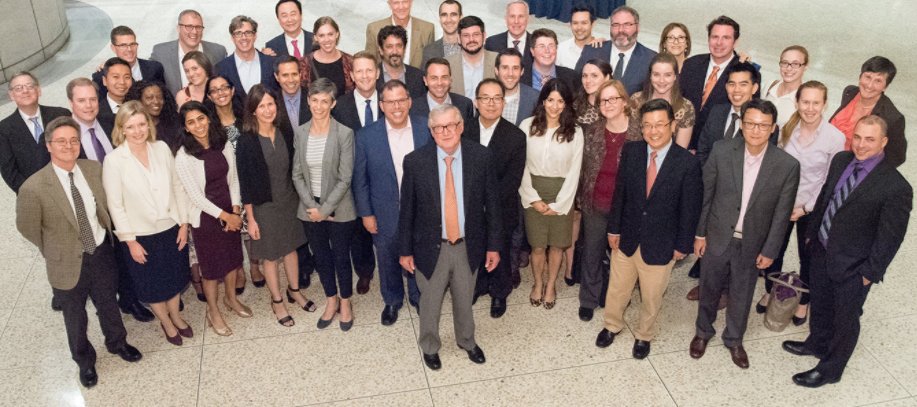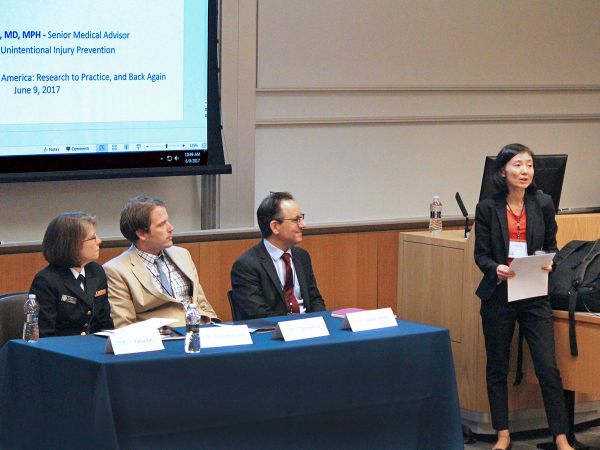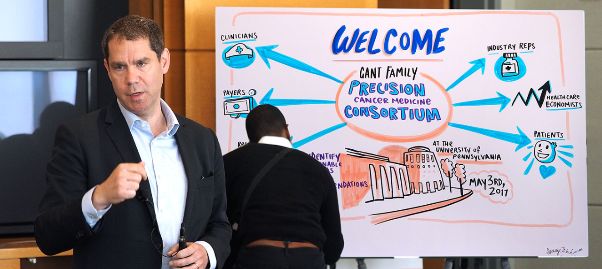Blog Post
Top 10 LDI Reads of 2017
What caught our readers’ attention
In 2017, people flocked to LDI in record numbers, with more than 470,000 page views on our website. If eyes (clicks) on the page are any indication, readers looked to LDI for nonpartisan information amidst hyperpartisan policy debates, for insight into the challenges we face in the opioid epidemic and health care reform, and for our research on how to deliver and pay for quality health care. They also celebrated with us as we marked LDI’s 50th Anniversary and honored our founders and leaders. For your viewing pleasure, here we present our Top 10 reads of 2017.
2. What Physicians Say about Repeal of the Affordable Care Act
As Congress began the debate on repealing the ACA, this timely blog post by Dave Grande summarized his new NEJM article on primary care physician views, research funded by LDI’s Policy Accelerator Program. The article, written with LDI alumni Craig Pollack and Katrina Armstrong, has one of the highest Altmetric “Attention Score” of any article published in NEJM (#41 of 20,724).
We celebrated our 50th Anniversary, and our readers celebrated with us. Highlights included in-depth profiles of leaders such as John Eisenberg and Mark Pauly, our 50@50 series highlighting notable people, papers and events in our history, and coverage of our 50th Anniversary Symposium, which drew more than 460 LDI alumni and colleagues back to Penn for two days in October.

4. Cost of Joint Replacement Under Bundled Care Models
As the new administration promised to roll back Medicare bundled payment programs, this Research Brief summarized evidence by Amol Navathe and colleagues that the programs reduced Medicare episode payments and produced significant savings for a hospital system. The study in JAMA Internal Medicine found that savings were driven by reductions in implant cost and in post-acute care spending.
5. Prescription Drug Monitoring Programs: Evolution and Evidence
With our colleagues at CHERISH (Center for Health Economics of Treatment Interventions for Substance Use Disorder, HCV, and HIV) this Issue Brief delved deep into PDMPs and laid out the evidence for their effectiveness and best practices. As the opioid epidemic raged on, readers also sought out two LDI/CHERISH briefs from last year, Primary Care: On the Front Lines of the Opioid Epidemic, and Show Me the Money: Economic Evaluations of Opioid Use Disorder Interventions. Our briefs informed a conference in June, where more than 100 researchers, policymakers, and advocates came together to discover and begin to fill gaps in translating research into practice.

6. Gant Family Precision Cancer Medicine Consortium
In the wake of the “Cancer Moonshot,” Justin Bekelman and Steve Joffe led a year-long initiative on the economic sustainability of precision cancer medicine. LDI’s series of blog posts and coverage of the two-day meeting of more than 20 experts drew significant attention to the issue of drug development and pricing.

7. D.C. Forum Explores GOP’s ACA Replacement Bill
The day after the GOP released its first bill to replace the ACA, LDI and Wharton’s Public Policy Initiative took their talents to Washington, D.C. for a forum that drew nearly 200 researchers, policymakers, and Congressional staffers. The eight panelists provided nearly-instant analysis of the American Health Care Act, and we documented the event with video excerpts and summaries of the presentations.
8. ‘Treatable Moments’ in the ER. Penn Physicians Discuss Philadelphia Opioid Task Force Report
Closer to home, many of our Senior Fellows contributed to the Philadelphia Opioid Task Force Report. This article interviewed two of them, emergency medicine physicians Zack Meisel and Jeanmarie Perrone, about the opportunities to connect patients with opioid use disorders to ongoing treatment through “warm handoffs” and medication-assisted therapy in the ER.

9. Hospital Readmission and Social Risk Factors Identified from Physician Notes
Amol Navathe and colleagues tested a practical approach to the problem of identifying hospitalized patients at risk for readmission because of social and socioeconomic circumstances. This Research Brief summarized a Health Services Research study on automated methods to extract this information from physician notes within electronic health records. The authors found that “natural language processing” can identify patients with social risk factors more completely than administrative data.
10. ►Narrow Networks on the Individual Marketplace in 2017
►Exploring the Decline of Narrow Networks on the ACA Marketplaces in 2017
Dan Polsky and team continued to provide policymakers with data on the prevalence of narrow provider networks in ACA plans. These Issue Briefs documented the downward trend in narrow networks and highlighted the substantial impact of the kinds of insurers entering and exiting the marketplaces. The first one hit the presses just in time for the 5th annual Health Insurance Exchange Conference, which drew 75 researchers, state officials, and private sector executives to discuss state-based efforts to preserve the individual health insurance market
